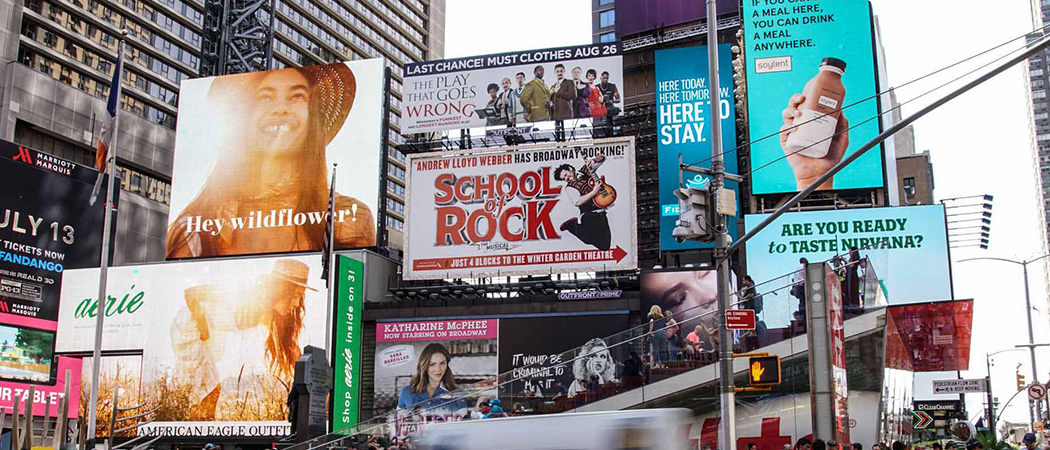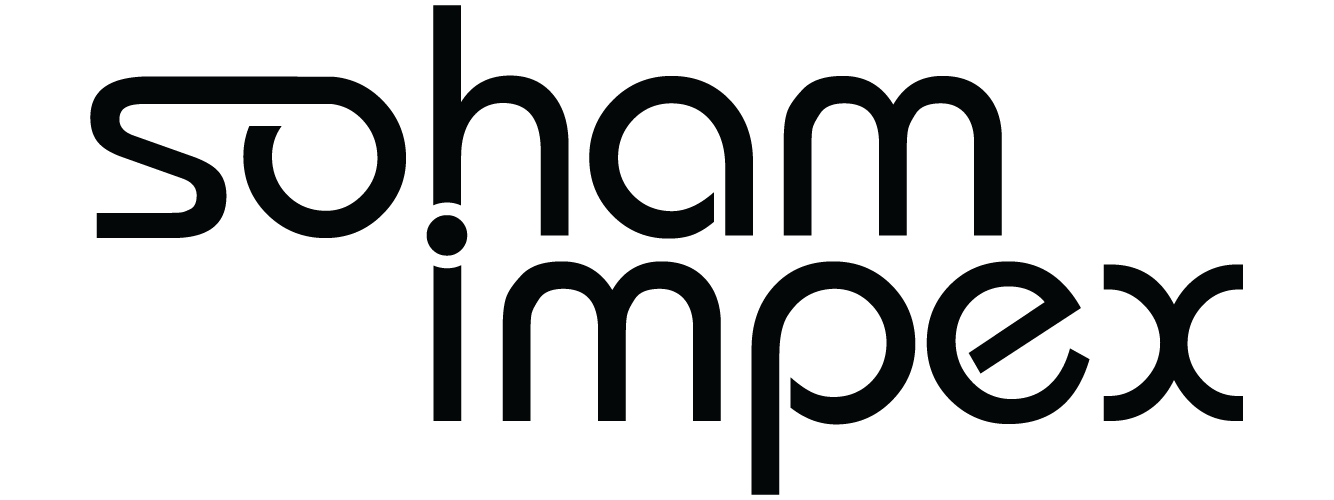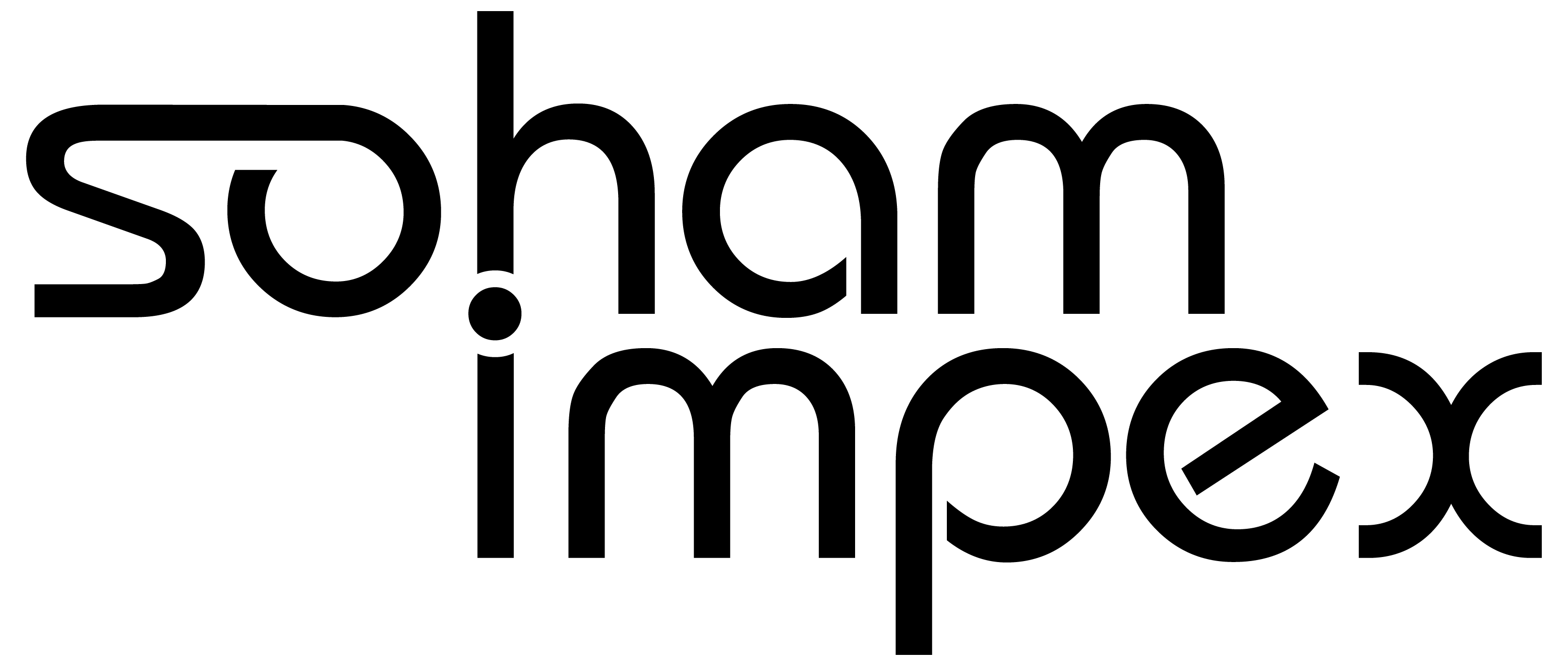
DOOH (Digital Out-of-Home) active LED displays are a powerful medium for advertising, public information, and entertainment in outdoor environments. These digital screens are strategically placed in high-traffic areas such as city centers, highways, transit stations, and shopping malls. DOOH LED displays provide advertisers with the flexibility to deliver targeted, dynamic, and real-time content to engage audiences, while also supporting smart city functions like real-time data displays and public service announcements.
Key Applications of DOOH Active LED Displays
1. Dynamic Advertising
Targeted and Scheduled Ads: DOOH LED displays allow advertisers to display ads tailored to specific demographics, locations, and times. Using data from sensors, Wi-Fi, or mobile devices, these displays can show relevant content to passersby, enhancing engagement and conversion rates.
Time-based Ads: Display ads that change depending on the time of day (e.g., coffee ads in the morning, restaurant promotions during lunch hours).
Weather-based Ads: Content can change based on real-time weather data, showing different ads for sunny, rainy, or cold conditions.
Video and Interactive Ads: DOOH LED displays support high-definition video ads, making them visually compelling and more engaging than traditional static billboards. Interactive features like QR codes, touch-screen interaction, or social media integration further drive consumer participation.
Programmatic DOOH: Programmatic buying in DOOH allows advertisers to automatically purchase ad space based on real-time data, optimizing ad placement and targeting more efficiently. This is similar to online digital advertising, but in the physical world.
2. Smart City Integration
Public Service Announcements (PSAs): In a smart city setting, DOOH LED displays can be used for government and civic messaging. This includes broadcasting emergency alerts, health advisories, traffic updates, or public transportation schedules.
Emergency Alerts: Real-time information about road closures, severe weather warnings, or health and safety messages.
City Events and Cultural Information: DOOH displays promote local events, festivals, or cultural programs, helping cities enhance community engagement and participation.
Real-time Data Visualization: These displays can showcase live data, such as public transport schedules, traffic congestion, weather conditions, air quality levels, and energy consumption, making them valuable tools in creating awareness and promoting sustainable behavior among citizens.
3. Transit and Traffic Systems
Bus and Train Stations: DOOH LED displays provide real-time information on arrivals, departures, delays, and traffic conditions. These displays can also show advertisements or public messages when not in use for transit data.
Digital Wayfinding: Large DOOH displays at key transportation hubs or city centers help pedestrians and drivers navigate their surroundings by providing maps, directions, and real-time location-based information.
4. Retail and Commercial Spaces
Shopping Malls and Retail Storefronts: In retail environments, DOOH LED displays are used to promote sales, highlight new product launches, or engage shoppers with interactive ads. These can be placed inside or outside of stores, drawing attention to special offers and in-store promotions.
Interactive Shopping Experiences: Advanced DOOH displays can incorporate touch screens or sensor-based interaction to offer personalized shopping experiences. For instance, customers can browse through a store’s inventory or get personalized product recommendations.
5. Entertainment and Sports Venues
Sports Arenas: DOOH LED displays around stadiums or arenas show live scores, player statistics, and advertisements during sports events. These displays are also used for promoting upcoming matches, concerts, or other events happening at the venue.
Concerts and Festivals: Outdoor LED displays are utilized during large public gatherings to broadcast live performances, event schedules, and advertisements from event sponsors.
6. Interactive and Experiential Marketing
User Interaction: DOOH LED displays can create interactive marketing campaigns that allow users to participate through their smartphones or on-screen touch technology. For example, users can interact with the display via social media or scan QR codes for promotions and giveaways.
Augmented Reality (AR) Campaigns: Some DOOH installations combine LED displays with augmented reality experiences, enabling passersby to interact with virtual objects or characters on-screen, creating memorable brand experiences.
7. Corporate and Financial Information
Stock Market Displays: In financial districts, DOOH displays are used to show real-time stock prices, financial news, and corporate updates. These displays are vital for businesses and investors who need up-to-date information.
Corporate Branding: Skyscrapers and business centers use large-format LED displays to promote their corporate identity, showcase achievements, or highlight partnerships.
Benefits of DOOH Active LED Displays
Dynamic Content: Unlike traditional billboards, which are static, LED displays can show videos, animations, and interactive content, making them far more engaging and versatile.
Real-time Updates: DOOH LED displays can be updated in real-time, allowing for immediate changes to advertising campaigns or citywide alerts. This flexibility is particularly useful for time-sensitive information like emergency announcements or live traffic updates.
Increased Engagement: High-definition visuals, videos, and interactive elements draw attention and engage viewers in a way that static billboards cannot. The bright, vivid colors of LED displays are highly visible even in bright daylight or challenging weather conditions.
Personalized Advertising: Using data analytics and AI, DOOH content can be personalized based on real-time factors like demographics, location, or even weather. For instance, ads targeting specific age groups or income brackets can be displayed in different locations based on foot traffic data.
Sustainability: Modern LED displays are energy-efficient and designed for long-term use, consuming significantly less power compared to older lighting technologies. In some cases, DOOH displays may be solar-powered, contributing to sustainability goals in smart cities.
Interactivity and Integration: DOOH can integrate with mobile devices, allowing users to scan QR codes, access exclusive deals, or participate in digital games and contests. This interactive capability boosts engagement and creates a direct connection between the physical and digital worlds.
Technology Behind DOOH LED Displays
High-Resolution LEDs: DOOH displays use high-resolution LED panels to ensure clarity and vibrancy, even from long distances or at various viewing angles. The pitch size of the LEDs can vary depending on the application, with smaller pitch sizes offering better detail for close-up viewing.
Content Management Systems (CMS): A centralized CMS allows advertisers and city officials to control the content shown on LED displays. This system provides scheduling, real-time content updates, and remote management capabilities, making it easy to run complex, location-based campaigns.
Programmatic DOOH (pDOOH): Programmatic DOOH is an automated ad-buying process that enables advertisers to target specific audiences using real-time data. By integrating with digital advertising platforms, pDOOH optimizes ad delivery based on factors like location, time of day, and audience metrics.
Weather and Environmental Durability: Outdoor LED displays are designed to withstand extreme weather conditions, including rain, snow, and high winds. Their durability and waterproof features make them ideal for year-round use in urban environments.
Trends and Future of DOOH Active LED Displays
5G and IoT Integration: As 5G networks expand, DOOH displays will benefit from faster data transmission, enabling richer, more interactive content, including real-time VR/AR experiences.
AI-Driven Personalization: AI technologies will allow DOOH displays to deliver highly personalized and adaptive content based on audience behavior, enhancing both engagement and effectiveness.
Sustainability: With increased focus on green technologies, future DOOH LED displays will likely integrate more energy-efficient components, use renewable power sources, and support smart city sustainability goals.
Conclusion
DOOH Active LED displays offer an innovative, highly dynamic, and effective way to engage with public audiences, whether for advertising, public service announcements, or real-time data dissemination. These displays enhance both urban environments and marketing strategies, providing advertisers and city planners with unprecedented flexibility and impact.
Products
Agency
Get In Touch
- Rajkot Gujarat India.
- +91 9974 601 712
- info@sohamimpex.co.in
Follow Us
Soham Impex has successfully built a presence in the Active LED Display for Advertising and Branding Purposes. We stand out with the help of our comprehensive LED design and build, catered to clients Pan-India.
Follow Us
Get In Touch
- +91 9824201712
- info@sohamimpex.co.in
- 150ft. Ring Road, Rajkot Gujarat India.


